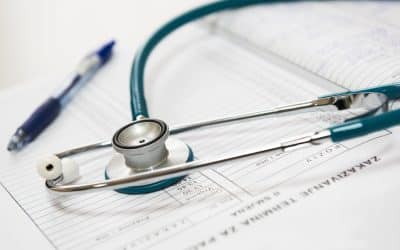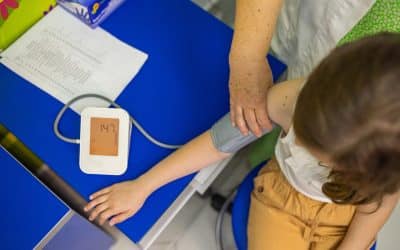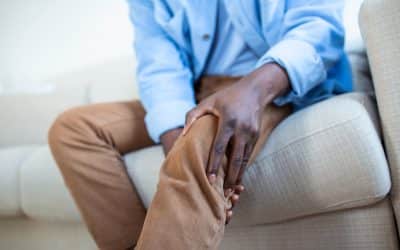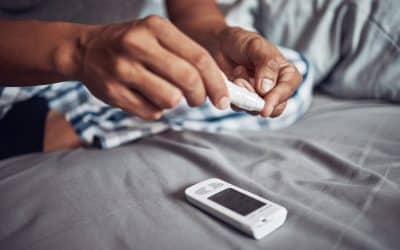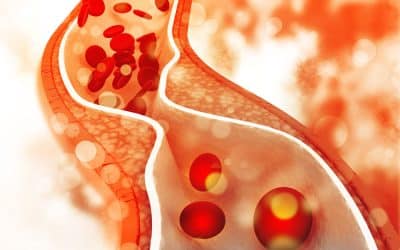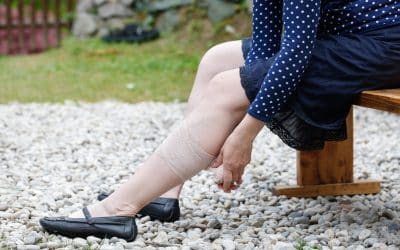Rest pain is a condition that can cause significant discomfort. It's characterized by severe pain in the lower limbs, often worsening at night. This pain is not random. It's closely linked to circulation issues in the body. Peripheral arterial disease, or PAD, is a common culprit. This circulatory...
PAD
Recovery After Atherectomy: What to Expect
Atherectomy is a medical procedure that can be a lifeline for those suffering from vascular disease. It's a minimally invasive surgery designed to remove plaque from blood vessels. This procedure is often used to treat peripheral artery disease (PAD). PAD can cause leg pain and other...
Are you at Risk for Peripheral Artery Disease?
Millions of people in the U.S. have some form of peripheral artery disease (PAD). PAD occurs when the peripheral arteries to the legs, arms, head, and stomach narrow. Most PAD symptoms occur in the arteries of the legs. Atherosclerosis, which is plaque build-up that blocks and narrows arteries and...
Understanding and Treating Peripheral Vascular Disease
Peripheral Vascular Disease (PVD) is a circulatory condition where narrowed blood vessels reduce blood flow to the limbs, effectively causing symptoms like leg pain when walking (claudication), numbness, and even tissue damage. There are several treatment options available for one in 20 Americans...
How Arterial Disease Affects Your Life
Peripheral arterial disease, or PAD, occurs when arteries become blocked by plaque. Plaque is a substance that forms when fatty substances (cholesterol, for example) stick together and build up on the walls of the arteries. When most people think about arteries, they think about the ones in their...
How Diabetes Can Affect Your Risk Of PAD
Diabetes is a life-changing disease that can threaten your health in many ways, besides what it does to your blood sugar regulation. You may already know that it can affect your vision and even lead to kidney damage or liver disease. But you may not know that diabetes can also increase your risk...
Diagnosing Peripheral Arterial Disease
Diagnosing PAD According to the American Heart Association: The most common symptom of peripheral artery disease (PAD) in the lower extremities is a painful muscle cramping in the hips, thighs or calves when walking, climbing stairs or exercising. The pain of PAD often goes away when you stop...
Seven Causes of Leg Ulcers and Your Treatment Options
Leg ulcers are no joke. As many as 1.69% of Americans experience leg ulcers at some point in their lives. Ulcers can cause significant pain and tissue damage, and they can lead to amputation. If you want to keep your legs safe, you should know about leg ulcers in detail. What are...
Health Guide: 5 Causes of Peripheral Arterial Disease
Around 6.5 million people aged 40 and over have peripheral arterial disease (PAD) in the US. This common circulatory problem refers to narrowed arteries that reduce blood flow to your limbs, especially your legs. Many people with PAD have no symptoms. For others, one of...
Eating More Fruits and Vegetables Reduces the Chance of Getting PAD
A recent study shows that including more fruits and vegetables in your diet may help keep your leg arteries free of blockages. That’s good news for patients with peripheral artery disease (PAD). People with peripheral artery disease have a narrowing of the leg arteries. This limits blood flow to...


